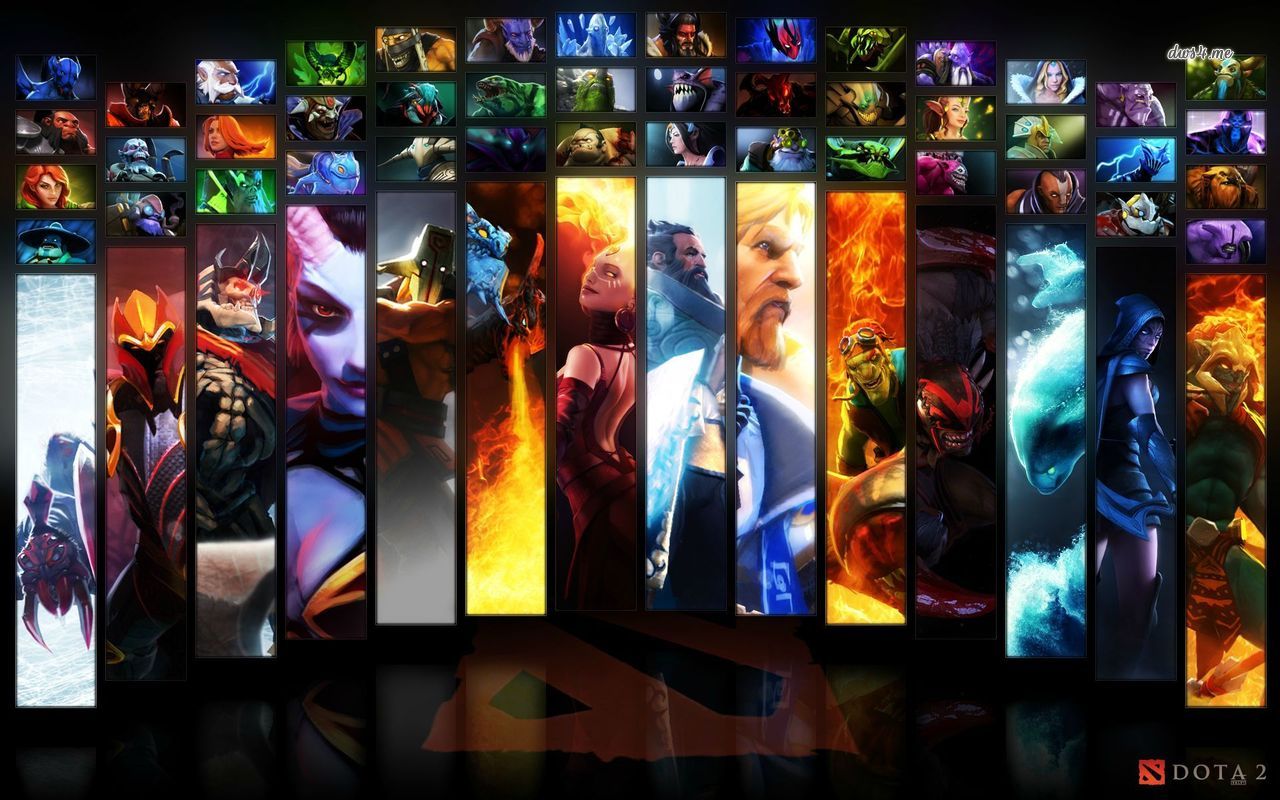E-sports aren’t quite mainstream yet. Despite ESPN airing tournaments on one of its major channels (though not without controversy), virtual sports are very far removed in scope and mindshare compared to physical sports, most of which have had centuries – if not millennia – to mature.
One aspect that’s currently lacking is the chronicling of an e-sport’s history and evolution. It’s not for the lack of means; after all, we can easily capture and subsequently save every game, along with the specific version played and its operating parameters, since all of the data is already in machine-friendly form. And if it’s unrealistic to record every game, it should be possible to record every tournament automatically and play it back a decade later.
The barrier is more motivational than technical; historical preservation is not an area that gets a lot of attention or investment. Compared to established major sports, pretty much all of e-sports remains immature, niche, disorganized, and short-lived. Furthermore, the games that get played in e-sports tend to get replaced over time. That is, there’s no equivalent of looking at basketball stats in the 60s because:
- Video games didn’t exist in the 60s,
- The historical competitive gaming landscape is wholly different from our modern iteration, and
- There is usually no valid comparison from earlier games to the ones played currently.
Despite all of the above, there is one game that has remained relevant and in fact has evolved itself over time, and whose players and strategies can be legitimately compared from past to current eras.
Of course, I’m talking about Dota1.
MOBAs – multiplayer online battle arenas – are now one of the biggest genres in gaming, both casually and competitively. Millions of players have played each game for years, and now there are major tournaments for the biggest games that give out millions in prize money, supporting dozens of professional teams across the world and single-handedly propped up a billion-dollar acquisition. This is e-sports’ closest instance of a major sport, our equivalent of football2 in popularity and importance. Chronicling Dota would be another step in e-sports legitimacy.



